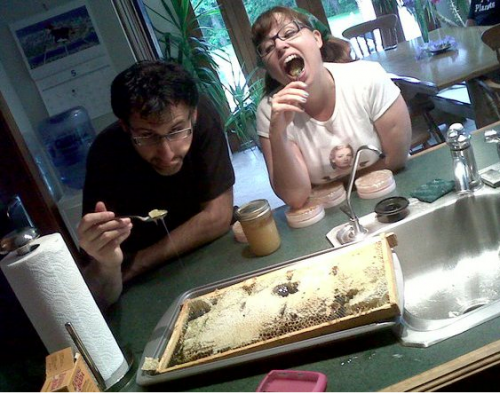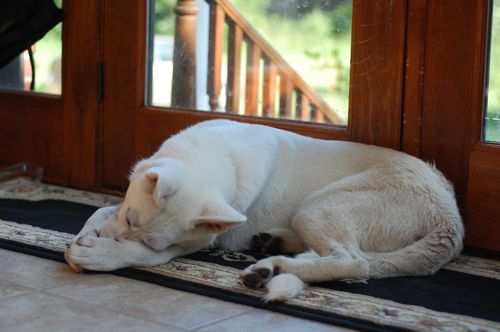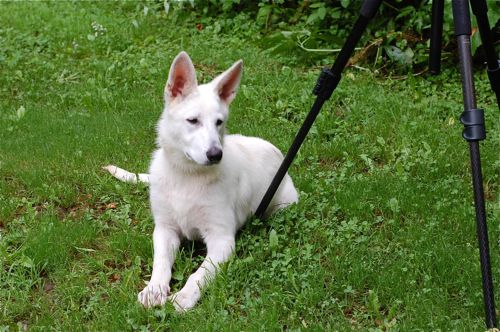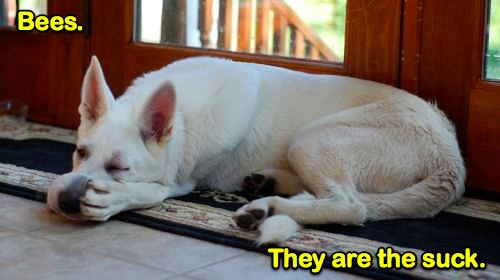I took a quick trip down to Indianapolis to visit my family. On the way, I made a stop at Mr. Neil's and got a big surprise. I went to the spot where blue-winged warblers have nested in the past and sure enough heard the familiar 2 note, buzzy call of a blue-wing. I was excited to see one, but when I got it in my binoculars I was surprised to see something golden-winged warbler-ish...it was a hybrid!
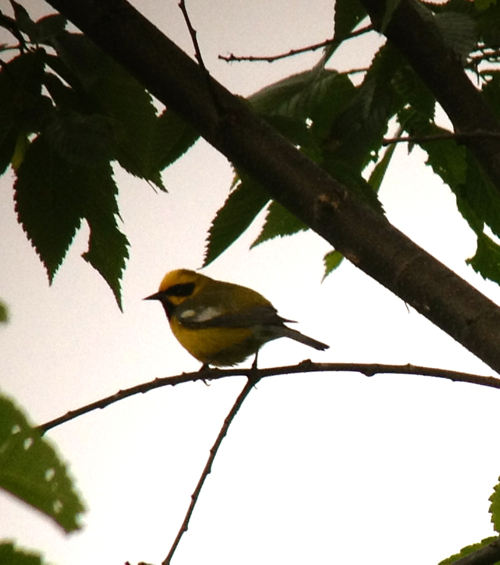
This is a Lawrence's warbler which is some sort of mix of blue-winged warbler and golden-winged warbler. These two species are known to hybridize, the more familiar hybrid is the Brewster's warbler. This bird really threw me for a loop because it sounded so much like a blue-winged warbler. Here's a video so you can hear what it sounded like (there's also a common yellowthroat singing in the background):
http://www.youtube.com/watch?v=4XffAG983LY&feature=youtu.be
I was kicking myself that I didn't wander the trail for bird watching until so late in the evening, I wished I had better light. I took both the photo and video with my iPhone through my scope...incidentally, I used the Meopix iScoping Adaptor to secure my iPhone to my spotting scope...more on that later.
I found an interesting article by by David Bonter and Irby Lovette on these two hybrids. It reads, "The most common hybrid form is known as a "Brewster's" warbler; the rarer form is known as a "Lawrence's" warbler. We currently believe that a "Lawrence's" warbler results when two "Brewster's" warblers mate, or when a "Brewster's" warbler backcrosses with one of its parent species, but research into the genetics of hybridization between these species is underway and many questions remain unanswered."
I haven't paid attention to this spot in the last few years because of my work and travel schedule. Did a golden-winged warbler mix it up with a blue-winged warbler? I can't imagine this bird coming to the exact territory where a blue-winged has nested in the past unless it hatched here. One thing is for sure, I'll be checking it more closely this year.
Here's a an article from the American Birding Association's Birding about the hybrids with lots of great photos.



















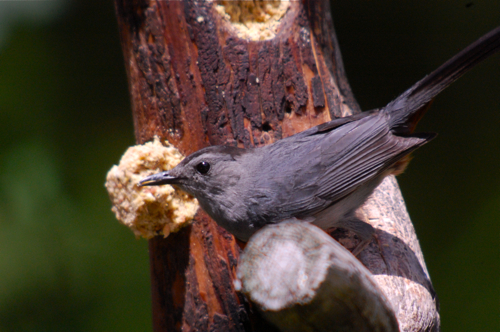 This gray catbird has taken to the suet plugs at the feeder in a big way. It's one of two catbirds (presumably a pair) that have decided the peanut suet dough in the woodpecker log is the best thing ever. Hope they bring their fledglings too.
This gray catbird has taken to the suet plugs at the feeder in a big way. It's one of two catbirds (presumably a pair) that have decided the peanut suet dough in the woodpecker log is the best thing ever. Hope they bring their fledglings too.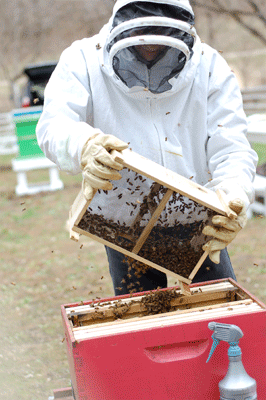
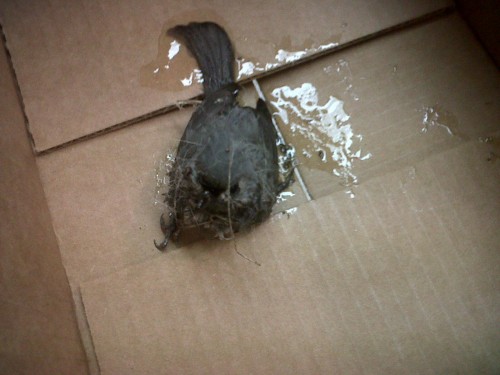
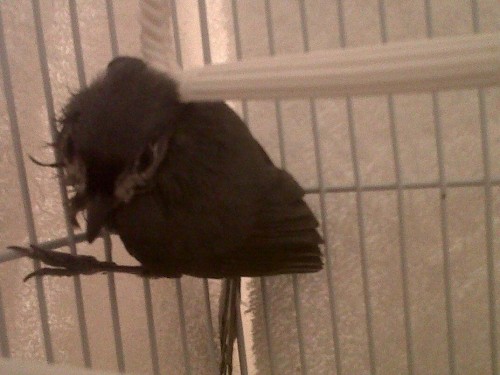
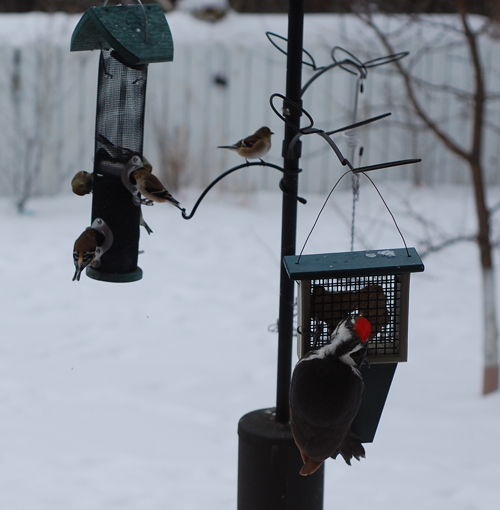 In case you have not heard, we're buried under an old school blizzard dumping up here. The local weather folk were predicting with barely restrained glee the potential for a massive storm. And though many of us have heard in the Twin Cities that we could get 1 - 2 feet of snow, many of us eyed this impending Snowmaggedon with skepticism. It often amounts to only a few inches. But to to be safe, I head out to Neil's for some last minute honey bottling finished--I need to get some together to mail to family for the holidays. I generally use birds at the feeder as an indication if the weather predictions are true. On Friday all feathers pointed to us getting seriously slammed on Saturday. The goldfinches were draining the thistle feeder and even the pileated woodpecker chowed down on the suet feeder closest to the window.
In case you have not heard, we're buried under an old school blizzard dumping up here. The local weather folk were predicting with barely restrained glee the potential for a massive storm. And though many of us have heard in the Twin Cities that we could get 1 - 2 feet of snow, many of us eyed this impending Snowmaggedon with skepticism. It often amounts to only a few inches. But to to be safe, I head out to Neil's for some last minute honey bottling finished--I need to get some together to mail to family for the holidays. I generally use birds at the feeder as an indication if the weather predictions are true. On Friday all feathers pointed to us getting seriously slammed on Saturday. The goldfinches were draining the thistle feeder and even the pileated woodpecker chowed down on the suet feeder closest to the window.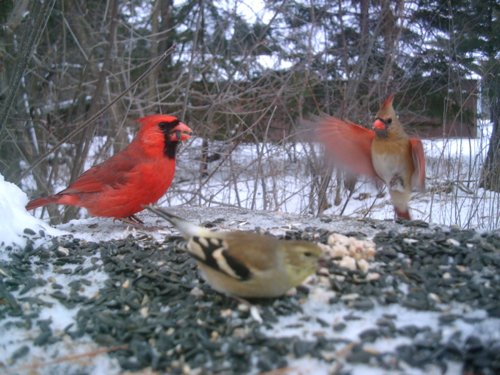
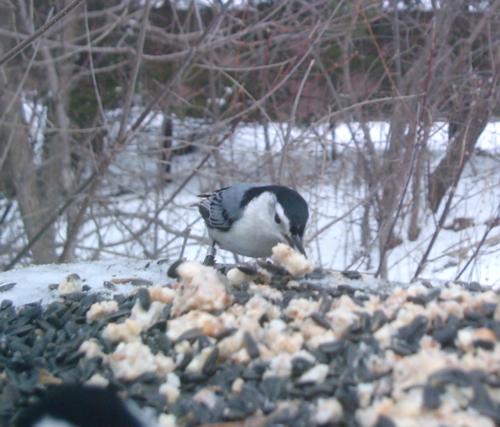
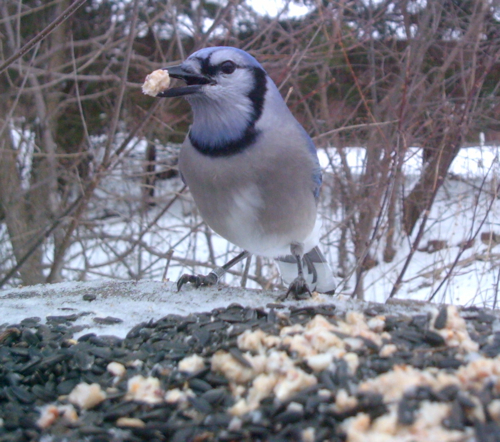
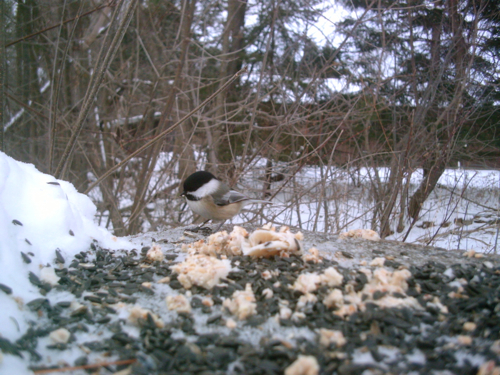
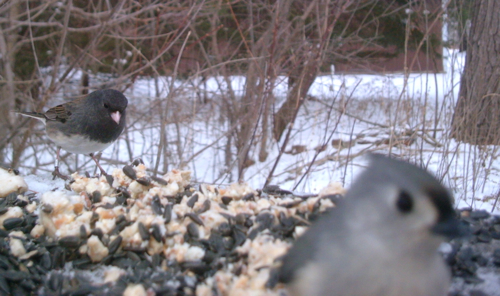
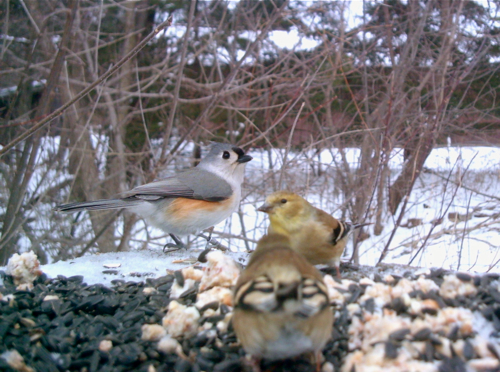
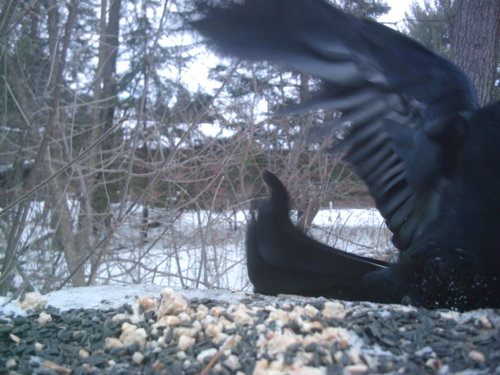
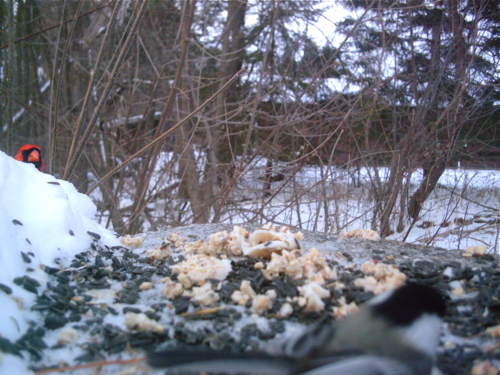
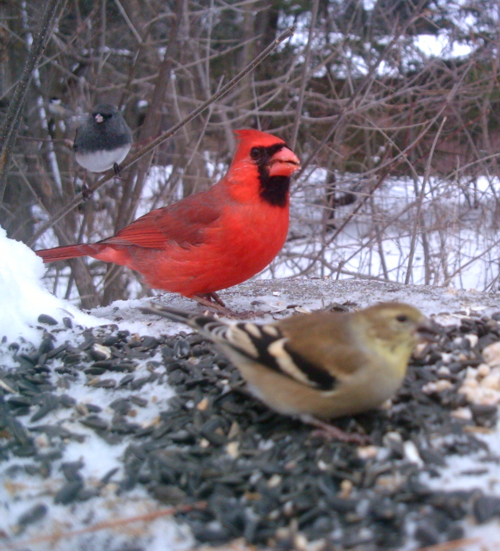
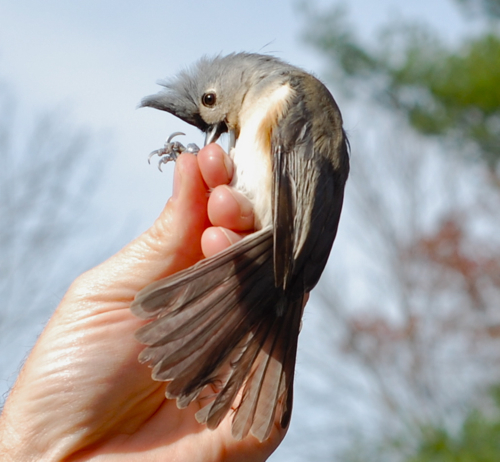
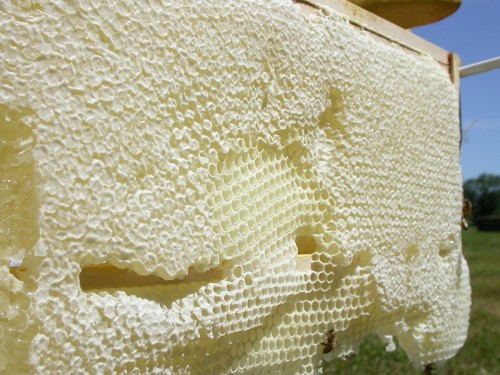 It's that special time of year when
It's that special time of year when